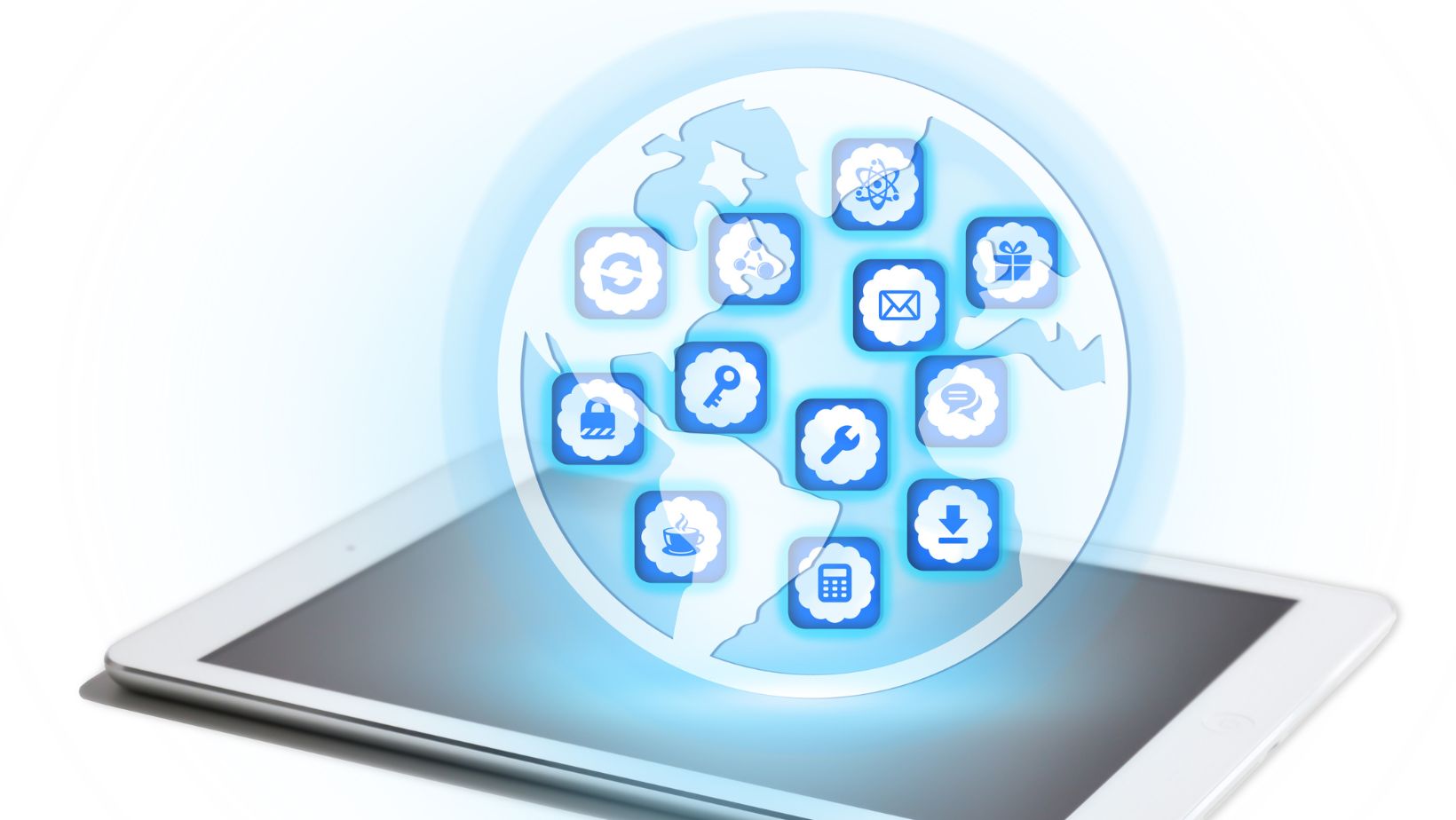Software used in the healthcare industry must meet a vast number of criteria. Everything is important: from interface design to data security guarantees. Only after passing rigorous testing, the application can be used within the medical system. Development companies, such as https://riseapps.co/, make every effort to ensure their software products comply with modern standards and requirements. What do they pay attention to first?
Compliance with HIPAA Regulations
HIPAA is one of the main standards against which every application created for healthcare is checked for compliance. Its main principle is the security and confidentiality of each patient’s data.
To comply with HIPAA, the software product must provide:
- encryption of all data stored in the system in accordance with modern standards and protocols;
- access control to patient electronic records with permission for editing granted only to specific individuals trusted by the patient;
- robust authentication system, including multi-factor authentication;
- Security of data transmission within the system.
If there is a data breach through the application and it is proven, the developer faces very large fines, up to $1.5 million, or complete loss of the development license. Therefore, ensuring compliance with HIPAA is a top priority for any reputable company.
Functionality
Modern medical software is designed to improve the quality of healthcare systems and facilitate interaction between doctors, patients, and various specialized departments. A software product that is not functional will not have demand in the market.

Today, society is more demanding than it was a few years ago. Therefore, the more functions are supported by the application and the easier it is to use, the higher the prospects that it will be appreciated by both patients and healthcare professionals.
Among them are:
- electronic cabinets with complete user information;
- the ability to manage appointments for consultations with healthcare providers and/or examinations;
- the ability for patients to communicate with doctors and for medical staff to communicate with each other within the scope of telemedicine;
- a system for automatic data analysis and management;
- The ability to integrate with smart wearable devices used by the patient.
One software product is not required to perform all of these functions, as medical software is quite diverse and not always focused on interacting and recording data with the patient. However, one or two from the list are most commonly present.

Another important detail is cross-platform compatibility. If a software product works on different systems or has client parts for different operating systems, it has a significant advantage.
Easy to Use
The software product should be user-friendly, even for those who do not have deep knowledge in the computer field. Therefore, developers make every effort to achieve a clear interface and simple registration in the system.
The optimal solution for an application is a built-in tutorial interface that allows the user to learn the basic functions and take the first steps. Fast technical support is also essential for resolving any issues that may arise.
Only a product that meets all the above mentioned requirements can take a worthy place in its niche. Trust professionals by ordering development and purchase ready-made products only from trusted companies.


More Stories
The Technology Behind Virtual Receptionist Services
Crypto And Cards: The Fusion Of Blockchain And Betting
Tool Overload: Why Less Software Sometimes Means More Progress